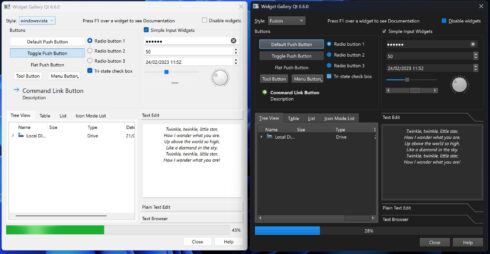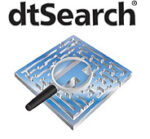
Qt Group, an organization that offers cross-platform solutions spanning the software development lifecycle, today announced the release of Qt 6.5. This release brings graphics and UI developers new functionality as well as several fixes and general improvements.
With Qt 6.5, applications can now support dark mode on Windows. With the exception of when an application is using a style that explicitly overrides the palette, Qt will respect the user’s choice of color scheme and use the dark system palette. Qt will also configure the title bar and window frame to match the overall appearance.
Additionally, the iOS style in Qt Quick Controls has been completed, implementing controls that do not have an equivalent on native iOS. For Android applications, the Material style has been updated to the Material 3 design system.
This release also adds support for Android 12 while ensuring that Qt continues to function properly on older versions. This allows for deployment on devices running any Android version from 8 to 12 without any changes.
The Boot2Qt software stack has also been updated for device builders to use the Yocto 4.1 release. This provides access to application development for embedded hardware across several industries.
For WebAssembly, Qt 6.5 adds support for video rendering and accessibility for widgets. Qt WebEngine has also been updated to Chromium 108, and includes Chromium 110 security patches.
Qt Quick UI developers also gain access to the new Qt Quick Effects module, offering them ready-made graphical effects which can be made into a single effect without paying any performance penalty.
Qt 6.5 also brings the Qt GRPC Qt module which adds a framework for integration of gRPC and Protocol Buffer technologies in Qt. With the new module, users can communicate with gRPC services, as well as Qt Protobuf, providing the infrastructure for serializing Qt-based classes.
Furthermore, the Qt Location module is coming back in Qt 6.5 as a technology preview. With this, some functionality available through common APIs has been removed, and the Qt Quick Map component has been split into two types: the Map type and the MapView type.
For a full list of updates read the blog post.






